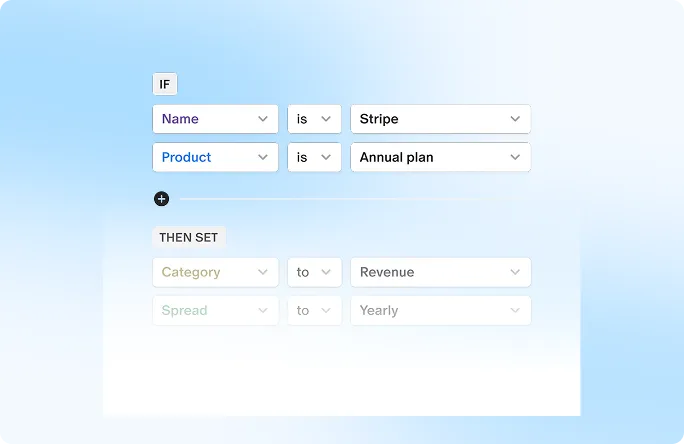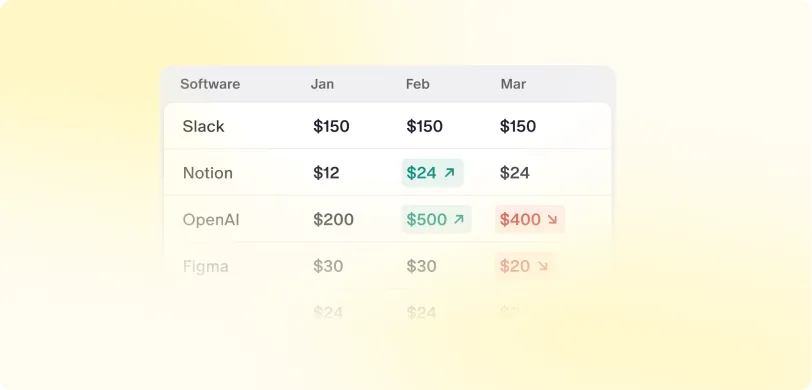As discussed in almost all of our previous editions, Employee Stock Ownership Plans (ESOPs) stand as formidable instruments for fostering equity and promoting a sense of ownership within companies. To facilitate and ease employee participation in equity programs, Cashless ESOP Exercise is gaining fast momentum as it saves employees from mobilizing huge financial resources without hindering their opportunity to be part of the company's success.
In our recent LinkedIn live session, industry experts Rupam Singh, VP and Group Head at JSW Group, and Rahul Somani, Head Operation at ESOP Direct- A Qapita Company, delved into the nuanced realm of ESOP cashless exercise, shedding light on its manifold benefits, navigating challenges, and dispelling common misconceptions.
This blog aims to provide a comprehensive overview of the key insights shared during the session, emphasizing the importance of understanding ESOP cashless exercise in promoting equity participation.
ESOP Cashless Exercise: A Gateway to Equity Participation
ESOP cashless exercise serves as a conduit, affording employees a distinctive avenue to procure company shares without substantial cash outflows. This approach not only catalyzes equity participation but also harmonizes employee interests with the organization's enduring prosperity.
By allowing employees to leverage their equity stake, cashless exercise empowers them to benefit in the company's growth trajectory. Furthermore, it proves particularly advantageous for individuals seeking to diversify their investment portfolio or grappling with limited liquidity to invest upfront in company shares.
Benefits of Cashless Exercise for Employees and Companies
Foremost among the merits of cashless exercise is its cost-effectiveness, especially for employees devoid of substantial financial means to acquire company shares outright. By facilitating share acquisition through a cashless modality, employees can benefit in the company's ownership without bearing the entire financial brunt.
This streamlined approach not only simplifies processes for companies, mitigating administrative complexities and ensuring regulatory compliance, but also serves as a potent tool for attracting and retaining top talent. It furnishes employees with a tangible stake in the company's success, effectively aligning their interests with organizational objectives.
The Role of Technology in Enhancing ESOP Administration
In today's digital age, technology assumes a pivotal role in streamlining ESOP administration and enriching the employee experience. Leveraging innovative solutions, organizations can automate and optimize ESOP management, promoting transparency, efficiency, and precision in operations. Technology facilitates seamless communication, training, and reporting, thereby facilitating the seamless implementation of cashless exercise options for employees.
Through online platforms, mobile applications, and digital tools, companies provide employees with real-time access to their equity holdings, educational resources, and decision-making support, improving their overall experience and engagement with the ESOP program.
Challenges and Misconceptions Surrounding Cashless Exercise
Despite its manifold benefits, cashless exercise may encounter hurdles and misconceptions, including perceived administrative complexities and tax implications. Dispelling such misconceptions necessitates clear communication, educational initiatives, and training endeavors to elucidate the process and empower employees to make informed decisions.
By clearing up misconceptions and providing accurate information, organizations can encourage more participation in cashless exercise programs. Additionally, companies must ensure their cashless exercise efforts follow all relevant regulations and tax laws to avoid potential legal or financial issues.
Effective Communication and Training Strategies for Employee Engagement
The successful implementation of cashless exercise options depends on effective communication and training to involve employees and ensure compliance. By identifying important stakeholders, creating clear procedures, and promoting a culture of transparency and collaboration, organizations can improve employee understanding and participation in ESOP programs.
Training sessions, workshops, and educational materials assume paramount importance in empowering employees to navigate the intricacies of cashless exercise and make judicious choices.
Furthermore, companies can harness internal champions and peer-to-peer learning initiatives to foster a culture of knowledge exchange and continual improvement, cultivating a sense of community and collective ownership among employees.
Conclusion
ESOP cashless exercise is an important tool for promoting equity, creating a sense of ownership, and increasing employee engagement within organizations. By understanding the benefits, addressing challenges, and following best practices associated with cashless exercise, companies can build a culture of equity participation that supports long-term growth and success.
Through clear communication, training, and using technology, companies can enable employees to utilize their equity stake and contribute to organizational growth. By prioritizing transparency,
education, and following rules, organizations can strengthen their ESOP program, ensuring employees are able to make informed decisions and actively contribute to the company's success.
Watch the live here.


 ESOP Management
ESOP Management

 Liquidity Solutions
Liquidity Solutions

 ESOP Consulting
ESOP Consulting

 Fund Management
Fund Management









































